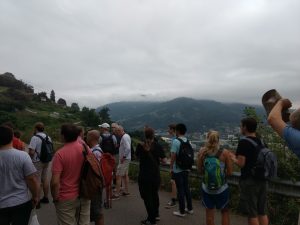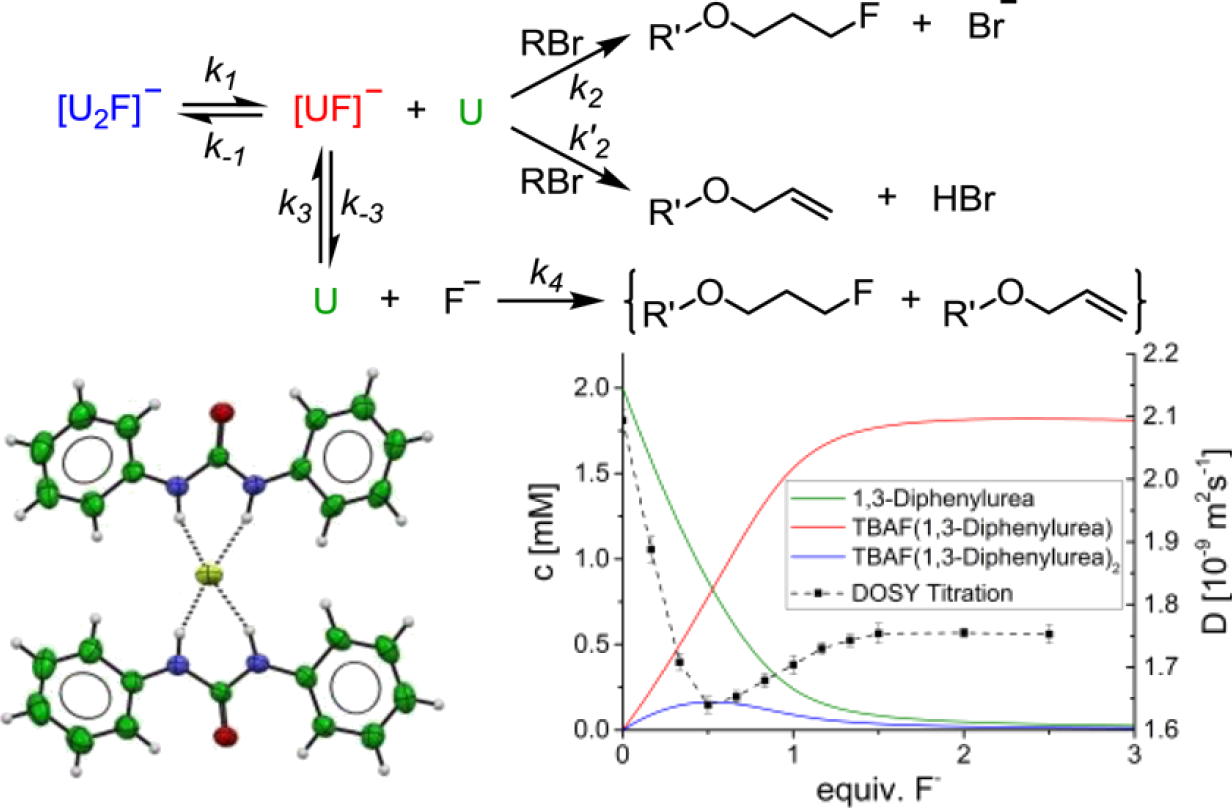The 31st European Crystallography Meeting was held in Oviedo, Spain from 22-26 August 2018.
 During the meeting┬ĀGeorge Sackman presented a poster (MS10-P05) on recent neutron diffraction work with┬ĀRichard Cooper and┬ĀAlison Edwards:┬ĀDisordered or not:┬ĀA cautionary tale when inferring proton disorder solely from X-ray and computational data.
During the meeting┬ĀGeorge Sackman presented a poster (MS10-P05) on recent neutron diffraction work with┬ĀRichard Cooper and┬ĀAlison Edwards:┬ĀDisordered or not:┬ĀA cautionary tale when inferring proton disorder solely from X-ray and computational data.
Richard Cooper gave a presentation (GI-MS47-O5) in the Saturday afternoon session┬ĀHow toŌĆ” take your next steps in crystallography,┬Ābased on experience of a career which despite including several areas of science and organisations rarely strayed outside the OX postcode.
On Sunday afternoon┬ĀAmber Thompson presented (MS27-O5) Adventures in modulation: derivatives of┬ĀBarluengaŌĆÖs reagent,┬Āincluding work from┬ĀLewis Morgan, Yejin Kim, Emma McKinley, Jack Blandy, Claire Murray and Kirsten Christensen, in the session┬ĀQuasicrystals: theory and
experiment.

Prior to the meeting,┬ĀRichard Cooper┬Āwas a tutor at the ECA Crystallographic Computing School in Mieres, organised by the ECA SIG 9 and gave a lecture on┬ĀProgramming Crystallographic Symmetry.

